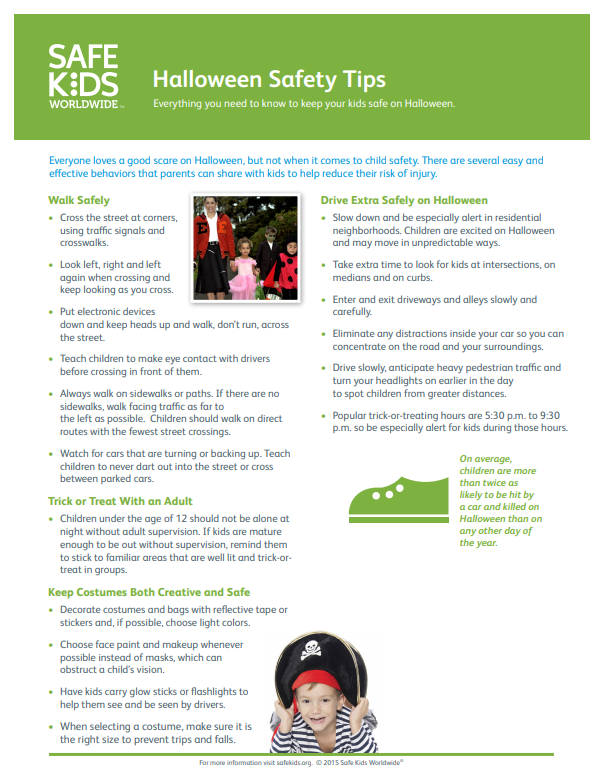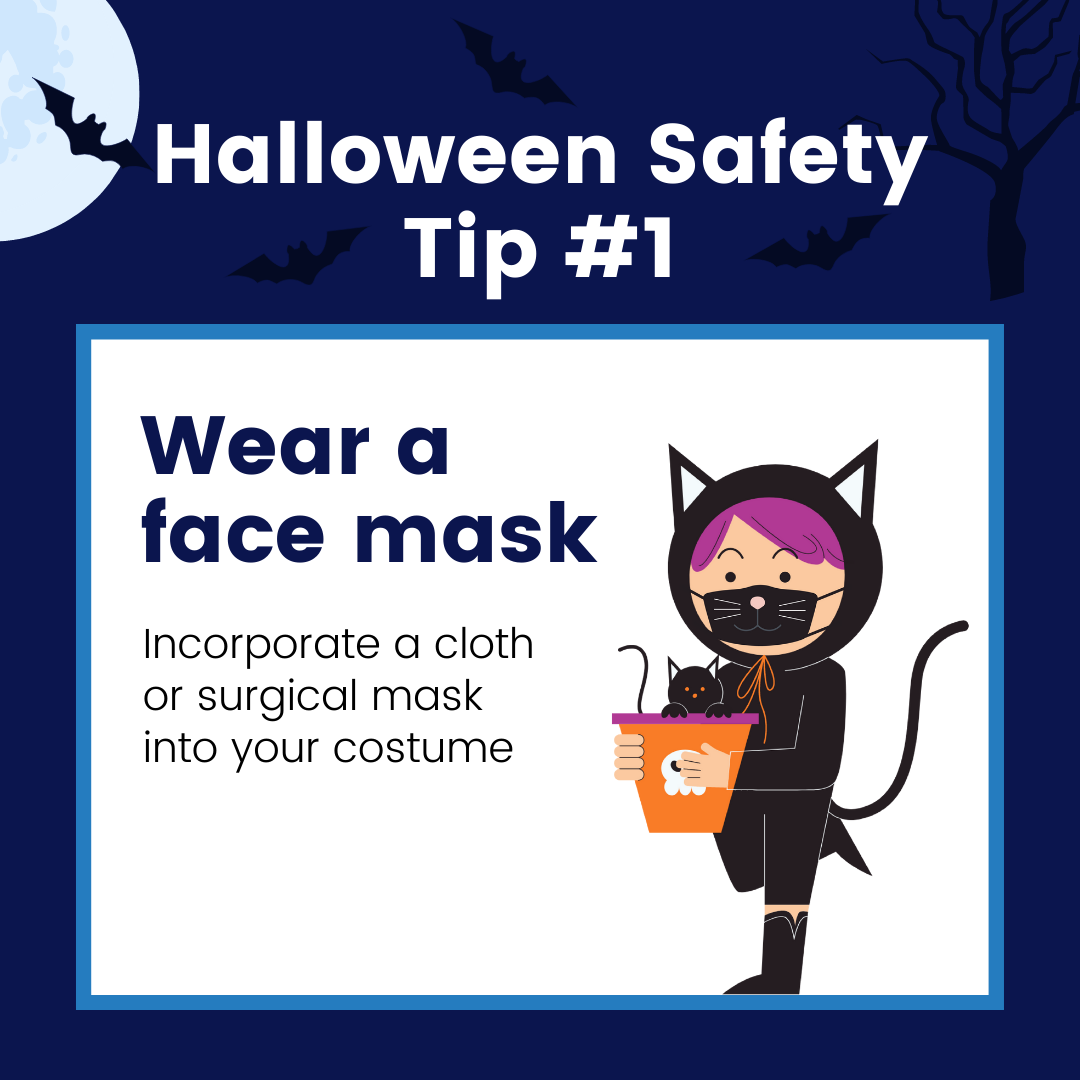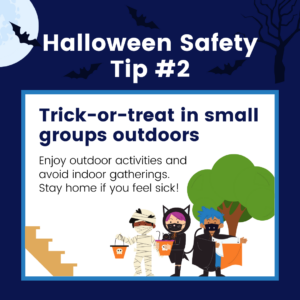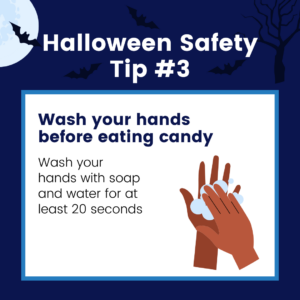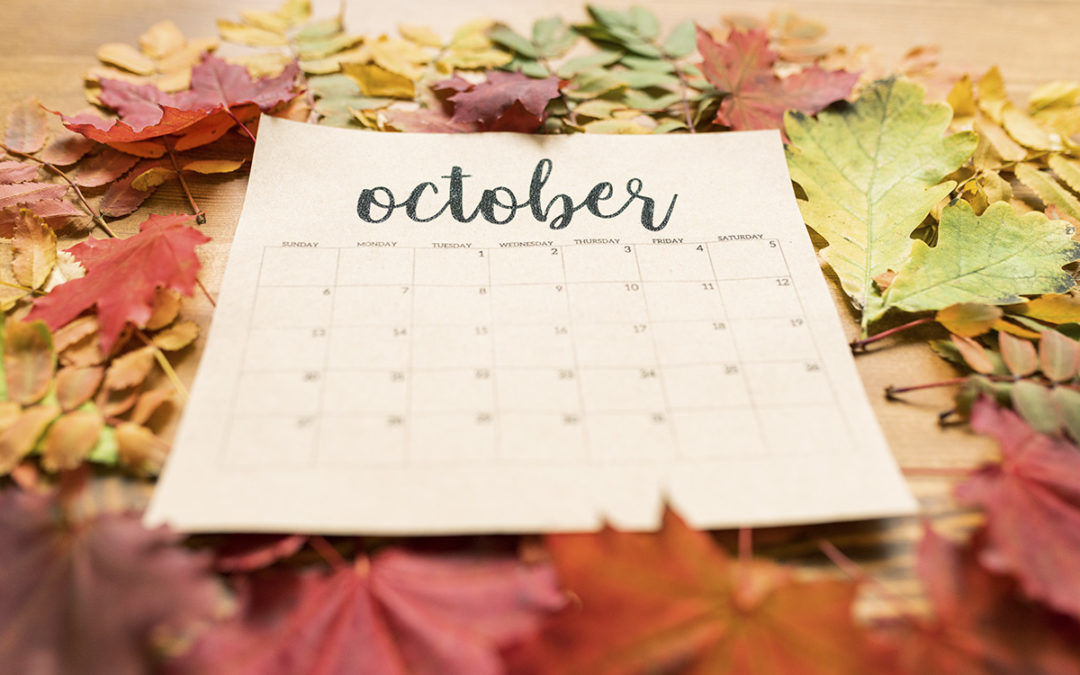OCTOBER is filled with a many health and safety events. Here are a few from the National Health Observances Calendar:
- Children’s Health Month
- National Breast Cancer Awareness Month
- National Dental Hygiene Month
- National Physical Therapy Month
- Eat Better, Eat Together Month
- SIDS Awareness Month
- Mental Illness Awareness Week (October 3-9)
- Bone and Joint Health Action Week (October 12-20)
- National Health Education Week (October 18-22)
- National Depression Screening Day (October 7th)
- World Food Day (October 16)
- World Stroke Day (October 29)
Richland Public Health would like to highlight some local health and safety concerns as well.
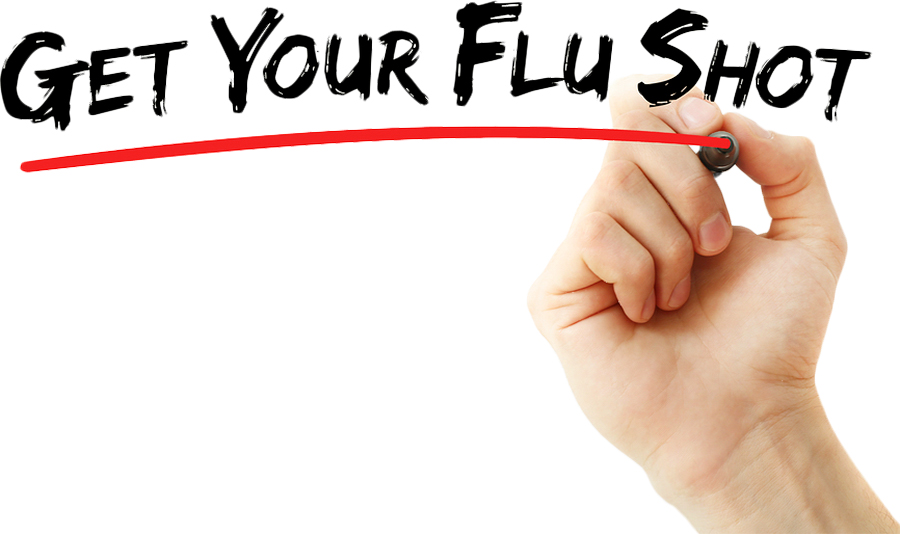
RICHLAND PUBLIC HEALTH FLU SHOTS AVAILABLE BY APPOINTMENT
Richland Public Health flu vaccines will be available by appointment starting in October through our Public Health Clinic. Call 419-774-4700 to schedule a flu shot for you and your family.
Everyone from age six months and up should get an annual flu shot. The Centers for Disease Control and Prevention (CDC) recommends getting your flu shot in October, but if you miss that month, get one as soon as possible.
Influenza is a contagious disease that spreads around the United States every year, usually between October and May. Flu is caused by influenza viruses, and is spread mainly by coughing, sneezing, and close contact. Anyone can get the flu. Flu strikes suddenly and can last several days. Symptoms vary by age, but can include: fever/chills, sore throat, muscle aches, fatigue, cough, headache, and runny or stuffy nose.
Flu is more dangerous for some people. Infants and young children, people 65 years of age and older, pregnant women, and people with certain health conditions or a weakened immune system are at greatest risk.
“No one likes to be sick. Getting the flu will cause you to miss work or school, along with your favorite activities,” Amy Schmidt, Director of Nursing at Richland Public Health, said. “You might also pass the flu on to your family, friends, or co-workers. Protect yourself and others. Get your flu shot.”
According to the CDC, cold and flu season runs from approximately October to May, with a peak somewhere between December and February. Flu can be widespread, with up to 49 million cases each year in the United States.
Last year, the flu season was very mild due to restrictions in place for COVID-19 such as masking, social distancing, closing of mass events, and remote learning for schools. With most of those restrictions not in place, health experts are predicting a rise in flu cases. That’s worrisome, considering the strain hospitals are already experiencing with COVID cases. It’s another reason to make sure to get your flu shot in October.
For additional information about influenza, visit the CDC at https://www.cdc.gov/flu/ or talk with your pediatrician or family physician. For special home-bound services, call 419-774-4540.
###
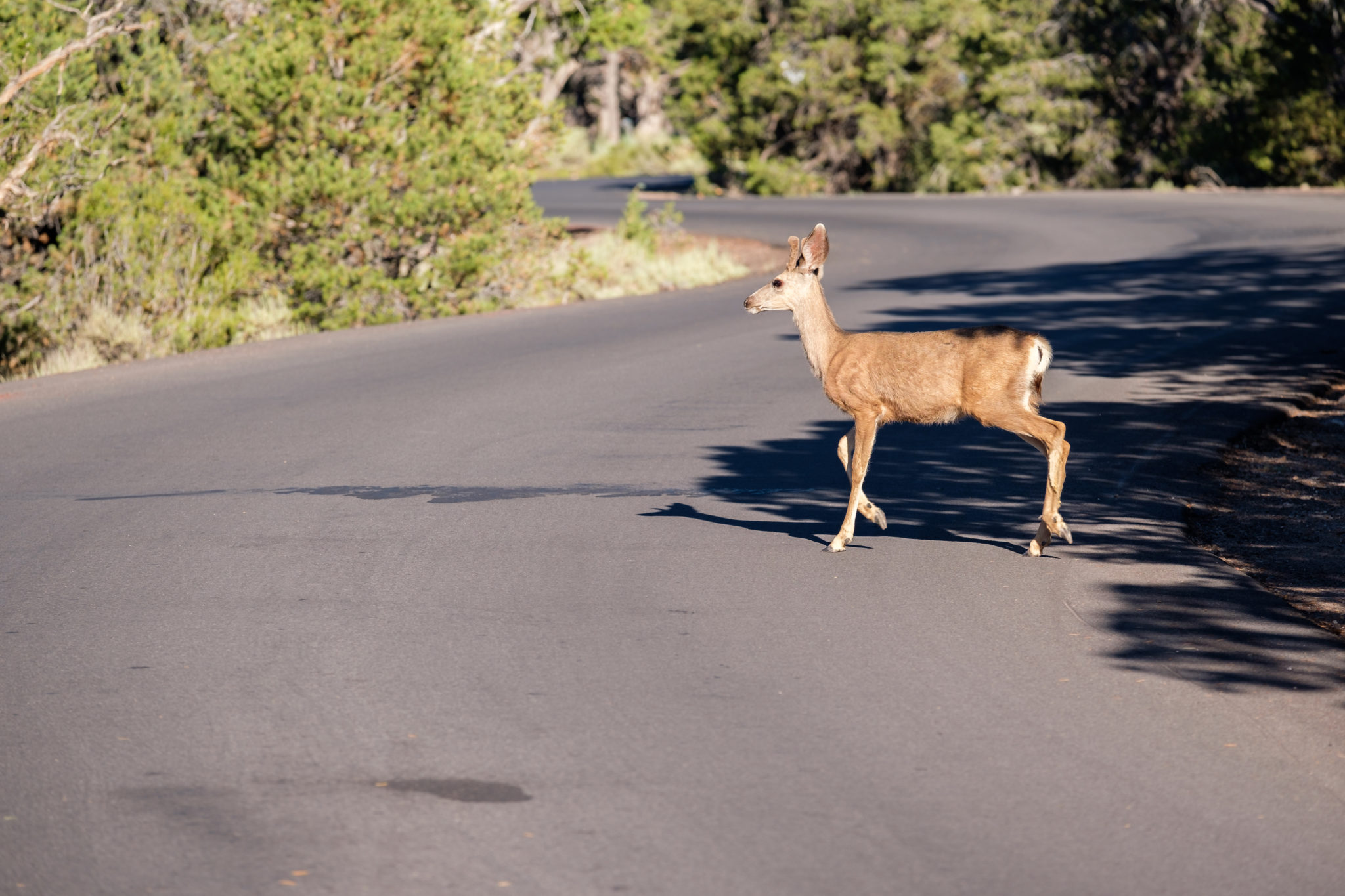
DEER-VEHICLE COLLISIONS INCREASE IN THE FALL
Richland County, OH — Ohio drivers beware. Your risk of colliding with deer increases in October, according to officials at the Ohio Department of Public Safety (ODPS) and the Ohio State Highway Patrol (OSHP). The increased risk is partly due to the fact that October through December is peak deer mating season in the Buckeye state, so deer are on the move looking for potential mates.
According to OSHP, 17,688 deer-vehicle (D-V) crashes were reported statewide last year, a decrease of 1,687 over the deer crashes from 2019. Not all D-V crashes are reported so the crash numbers are probably much higher. Three deaths and 857 injuries were caused in Ohio D-V crashes in 2020. Of the injuries, 55 were listed as serious injury to the vehicle occupants.
Richland County was second among Ohio’s 88 counties for D-V crashes. The four counties with the highest number of reported D-V crashes in 2020 were Stark (533), Richland (449), Hancock (441), and Williams (411). All of the crashes resulted in some damage to the vehicle.
“If there’s a ‘Deer Crossing’ sign, pay attention,” said Reed Richmond, Health Educator at Richland Public Health and an instructor in the AARP senior driver refresher classes. “Those signs are there because they are areas well known for high, and active, wildlife populations. Use extreme caution, especially during these fall months and especially at dawn (5-8 a.m.) and at dusk (6-9 p.m.).” In Richland County 12% of D-V crashes were between 6 to 7 p.m. and 10% between 6 to 7 a.m.
“If you see one deer beside the road, slow down,” Richmond says. “Deer typically travel in groups, so the appearance of one approaching or crossing a road or a highway often indicates others’ presence nearby. Since the deer don’t know any better, don’t think of it as deer crossing the road; think of it as the road crossing the forest.”
According to OSHP D-V crash data, November is the peak month for such collisions, representing 23% of Ohio’s D-V crashes. Richland County had just 18 D-V crashes in September of 2020 but that number jumped to 61 in October, 102 in November, and 52 in December. Such crashes can happen on any day, but Monday crashes were slightly higher in Richland County.
Should a collision appear imminent, OSHP authorities urge drivers not to swerve. Colliding with a deer is generally less hazardous than veering into opposing traffic or losing control and running off the road.
How to avoid hitting a deer*
- Know the time of day: Dusk and dawn are prime times for deer activity, especially the hours of
5-8 a.m. and 6-9 p.m., during the months of October-December. - Observe posted deer-crossing signs: Drive with extreme caution, at or below the posted speed limit, especially in areas where deer are prevalent.
- Since the deer don’t know any better, don’t think of it as deer crossing the road; think of it as the road crossing the forest.
- Don’t swerve: If a collision with a deer seems probable, hit it while maintaining full control of your vehicle. Brake firmly and stay in your lane. A sudden swerve increases the risk of hitting another car, running off the road, or overturning.
- Note: If you hit a deer in your path, you will not be ticketed. However, if you have a crash after swerving to avoid a deer, you may be cited for failure to control.
- Use your bright lights: After dark, use high beams when there’s no opposing traffic. High beams illuminate the eyes of deer on or near a roadway and provide greater motorist reaction time. But don’t rely solely on high beams to deter collisions.
- Expect more than one: If you see a deer on or near a roadway, expect others to follow.
- Wear your seat belt: As required by state law and drive at a safe, sensible speed for conditions.
- Stay alert: Deer are unpredictable and can dart out into traffic on busy highways.
- Don’t rely on deer avoidance devices: Deer whistles and special reflectors that are marketed to scare deer away are not proven to reduce collisions, and may lull you into a false sense of security.
Following a collision*
- Move your vehicle to a safe place: Preferably off the road and turn on your hazard lights.
- Contact law enforcement: For medical and traffic control assistance, if needed.
- Document the incident: Use your phone and take pictures of everything including injured animals, vehicle damage, other property damage and injuries sustained. Obtain contact info on witnesses.
- Don’t touch an injured animal: It may scare them and cause additional chance of injury.
- Don’t assume your vehicle is drivable: Check for fluid leaks, tire damage, broken lights, heavy damage to the hood or front end, etc. If in doubt, call for a tow truck.
- Report the D-V collision to a local law enforcement agency: Such as OSHP, within 24 hours.
- If you want to pick up a deer you killed in a collision, you may take possession of the deer by law as long as you report the collision to a game protector or other law enforcement within 24 hours. The protector or officer will then investigate and issue a certificate entitling you to the carcass. It is illegal to take a deer carcass without reporting it. (see ODPS Digest of Ohio Motor Vehicle Laws, page 61; OSHP 1533.121)
- Contact your company or insurance agent: If you plan to file a comprehensive claim.
*Portions from Ohio Department of Public Safety
###
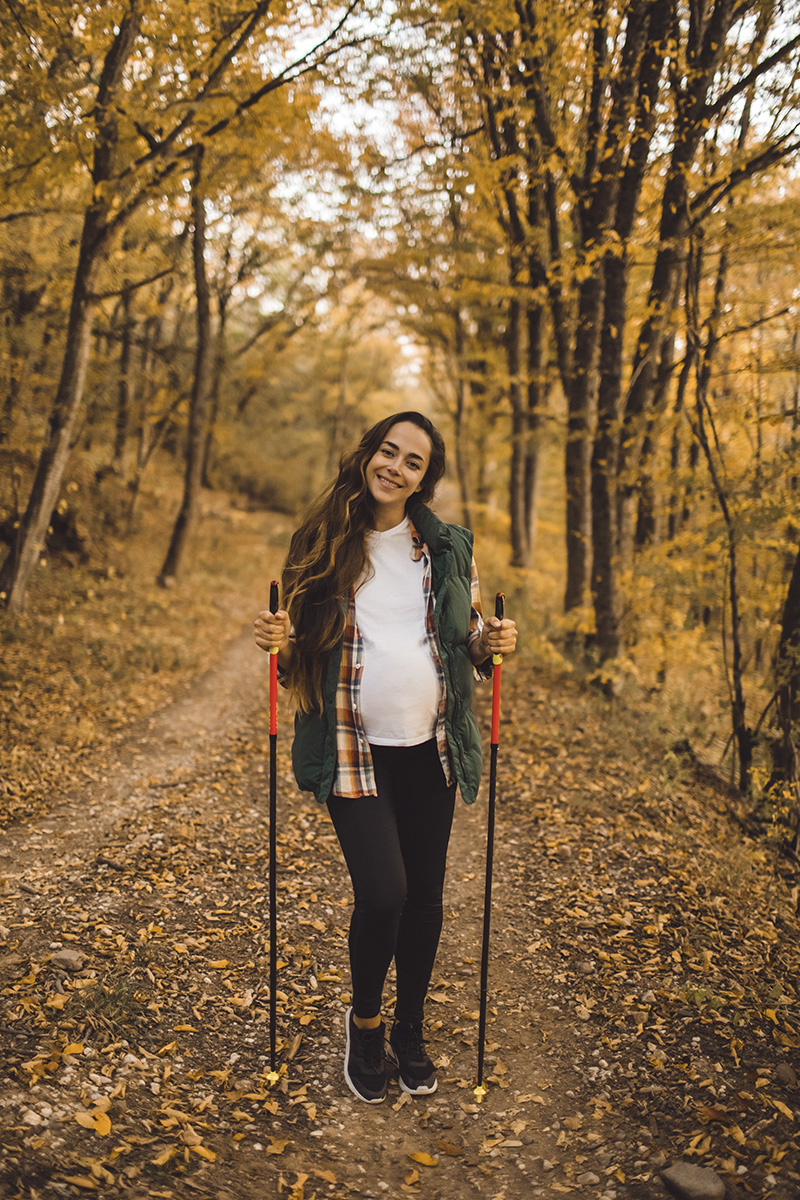
FALL HIKE FOR HEALTH IS OCTOBER 16
Richland County, OH — Richland Public Health’s “Fall Hike for Health” is Saturday, October 16, at Malabar Farm State Park and Gorman Nature Center in Mansfield. The fall hikes mark 20 years at Malabar Farm State Park and six years at Gorman Nature Center after taking a year away due to COVID restrictions.
Enjoy the beauty of Ohio’s fall colors at both locations with hikes through the woods from 9 a.m. to 12 p.m. Hikes are self-guided with suggested start times by 11 a.m.
Hikes are on easy trails so everyone in the family can participate. Hikes starting at either Malabar Farm State Park (4050 Bromfield Road) and Gorman Nature Center (2295 Lexington Avenue) generally last a half hour to one hour. Adults must accompany children on hikes. Dogs are permitted but must be on a leash.
A special guided hike called “Murder and Mayhem Up Ferguson Way” will be held at 10 a.m., leaving from the Visitor’s Center. Guide Nelson Shogren describes it this way: “Take a guided tour on the old Ferguson Road at Malabar Farm to see how a lovesick daughter, Louis Bromfield, and Hollywood each made this a road of murder and mayhem all within one-half mile. The under-3-mile hike will also include a stop at Ferguson Falls.” It’s a perfect pre-Halloween hiking adventure.
All hikers are encouraged to check in at the Visitor’s Center at Malabar Farm before starting their hikes. You will find maps of the walking trails as well as snacks and bottled water for before or after your hike. Gorman Nature Center’s main building may be closed that day, but the trails are open and well marked.
Hiking is promoted as a healthy form of exercise by Richland Public Health. Since the October 16 hike will be held rain or shine, participants are encouraged to dress appropriately for the weather. Sturdy hiking boots are recommended as the trail conditions may be somewhat slippery.
For more information about “Hike for Health” call 419-774-4761.
###

OCTOBER IS BREAST CANCER AWARENESS MONTH
(From the CDC) Other than skin cancer, breast cancer is the most common cancer among American women. Mammograms are the best way to find breast cancer early, when it is easier to treat and before it is big enough to feel or cause symptoms.
Fast Facts About Breast Cancer
- Each year in the United States, about 255,000 women get breast cancer and 42,000 women die from the disease.
- Men also get breast cancer, but it is not very common. About 1 out of every 100 breast cancers diagnosed in the United States is found in a man.
- Most breast cancers are found in women who are 50 years old or older, but breast cancer also affects younger women.
What Are the Symptoms?
- Any change in the size or the shape of the breast.
- Pain in any area of the breast.
- Nipple discharge other than breast milk (including blood).
- A new lump in the breast or underarm.
- If you have any signs that worry you, see your doctor right away.
How Can I Lower My Risk?
- Keep a healthy weight and exercise regularly.
- Don’t drink alcohol, or limit the amount of alcohol you drink.
- If you are taking hormone replacement therapy or birth control pills, ask your doctor about the risks.
- Breastfeed your children, if possible
CALL 1-866-418-4963 FOR INFORMATION ON QUALIFYING FOR A FREE MAMMOGRAPHY.
VISIT THE AMERICAN CANCER SOCIETY FOR MORE INFORMATION.
###

PROTECT YOURSELF AND OTHERS FROM COVID-19
The following actions help prevent the spread of COVID-19, as well as other coronaviruses and influenza.
If you are not fully vaccinated against COVID-19:
- Wear a facial covering (mask) that covers your mouth and nose.
- Maintain at least six feet of distance between yourself and others.
- Avoid large gatherings.
- Socialize outdoors.
- Get vaccinated as soon as you are eligible.
Everyone:
- Wear a mask in public indoor spaces in areas with widespread transmission of the COVID virus and its variants (that would include Richland County).
- Avoid close contact with people who are sick.
- Minimize touching your eyes, nose, and mouth.
- Stay home when you are sick.
- Cover your cough or sneeze with a tissue, then throw the tissue in the trash.
- Clean frequently touched objects and surfaces regularly.
- Wash your hands often with soap and water.
Booster Shots:
In alignment with the Centers for Disease Control and Prevention (CDC) and the U.S. Food and Drug Administration (FDA), booster doses of the Pfizer/Comirnaty COVID-19 vaccine are now available for the following populations at least six months after completion of the primary Pfizer series, meaning at least six months after the second dose was administered:
- People 65 years and older or residents in long-term care settings SHOULD receive a booster shot.
- People ages 50 to 64 with certain underlying medical conditions SHOULD receive a booster shot.
- People ages 18 to 49 with certain underlying medical conditions MAY receive a booster shot based on their individual benefits and risks. The CDC has indicated that this is a determination made by the vaccine recipient, but those eligible are encouraged to talk to their healthcare providers if they have any questions.
- People age 18 and older who are at increased risk for COVID-19 exposure and transmission because of their job or living in an institutional setting MAY receive a booster shot based on their individual benefits and risks. The CDC has indicated that this is a determination made by the vaccine recipient.
There are many opportunities in Ohio to be vaccinated, including walk-in and scheduled appointments statewide at pharmacies, federally qualified health centers, doctor’s offices, community vaccination sites, and local health departments. There is ample supply of vaccine for boosters, as well as first and second doses, for Ohioans. Ohioans will be able to check gettheshot.coronavirus.ohio.gov or call 1-833-427-5634 for the latest eligibility information and to find a vaccine provider near them.
Booster doses for Moderna and Johnson & Johnson vaccines should be coming.
###

NATIONAL TAKE BACK DAY FOR PRESCRIPTION DRUGS
National Drug Take Back Day is Saturday, October 23, 2021. The DEA’s National Prescription Drug Take Back Day addresses a crucial public safety and public health issue. According to the 2019 National Survey on Drug Use and Health, a majority of misused prescription drugs were obtained from family and friends, often from the home medicine cabinet.
The DEA’s Take Back Day events provide an opportunity for Americans to prevent drug addiction and overdose deaths. We encourage participation in DEA’s Take Back Day and to educate viewers about the importance of disposing of any unwanted, unused or expired prescription medications in your house.
###
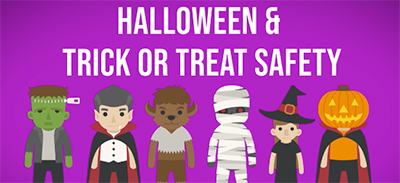
HALLOWEEN SAFETY DURING THE PANDEMIC
Amid the COVID-19 pandemic, it is important to use caution and plan ahead for Halloween festivities. Decisions on whether to participate should be made by local communities, individuals, and parents/guardians.
General Guidance
- It is strongly recommended that hayrides and haunted houses be avoided.
- To lower risk, consider safer, socially distant ways to celebrate.
- Do not hold large in-person Halloween parties. If holding smaller parties, limit attendance to 10 or fewer people and hold the event in an outdoor area where social distancing is possible.
- Always wear a face covering and stay 6 feet away from people who are not from your household, whether trick-or- treating, passing out treats, or attending attractions or events. Stay home if you are sick.
- Carry hand sanitizer and use it often, especially after coming into contact with frequently touched surfaces and before eating candy.
- Select events/attractions that are held outdoors and allow attendees to socially distance. Avoid events that involve being crowded in a small area.
- Consider the people in your household who may be at greater risk of complications if COVID-19 is brought into the home, such as those with certain health conditions, women who are pregnant, or older family members.
- If taking your children trick-or-treating, ask your children to stay as far from treat-givers as possible. For small children, consider holding the bag for them.
- Allow children to eat only factory-wrapped treats. Avoid homemade treats made by strangers.
- If your child is at greater risk of complications from COVID-19, contact your doctor before allowing participation in Halloween activities.
SEE THE HALLOWEEN TIP SHEET FROM ‘SAFE KIDS WORDWIDE’ BELOW
